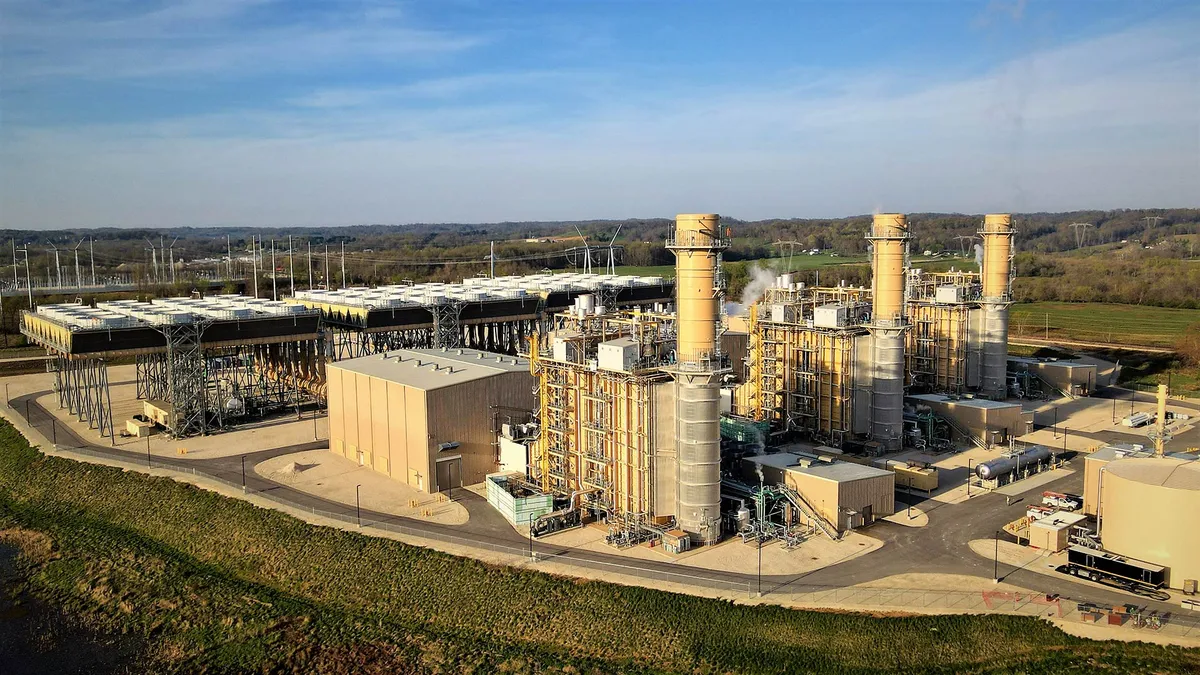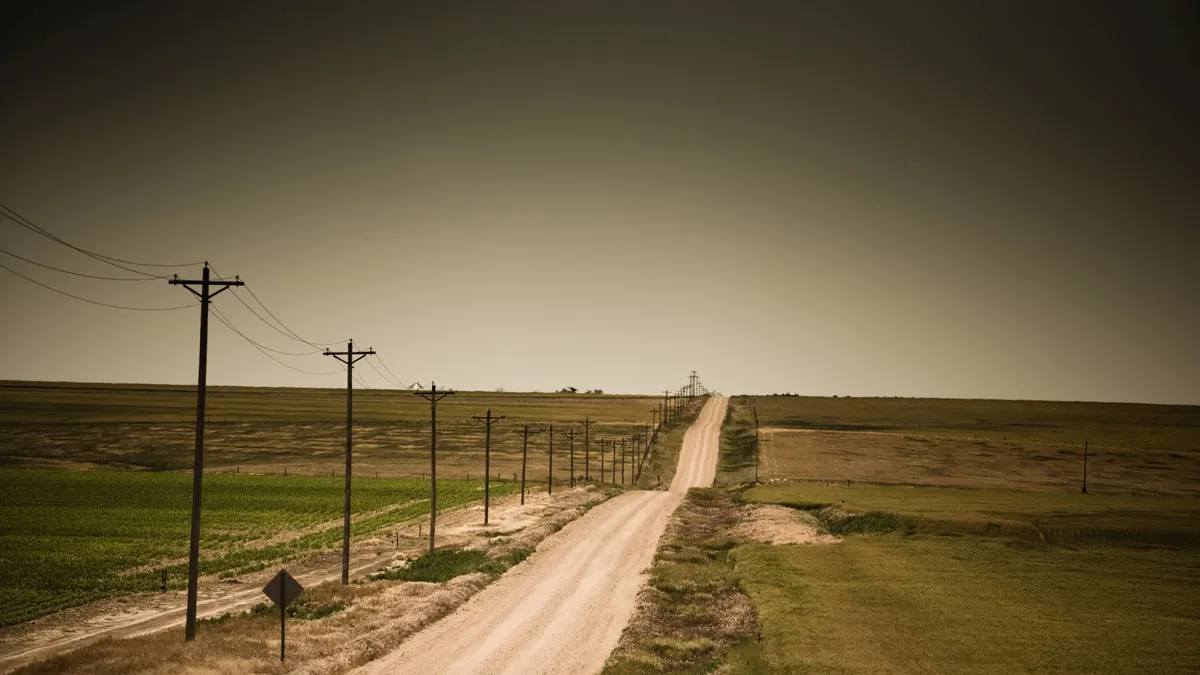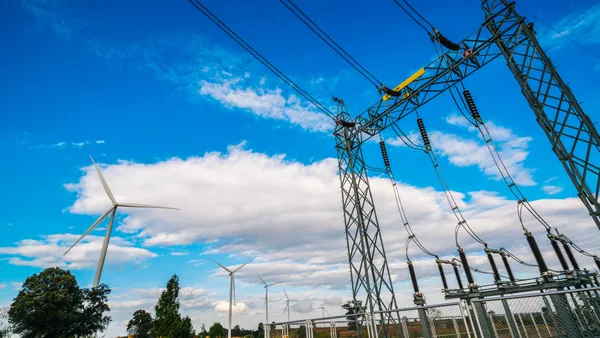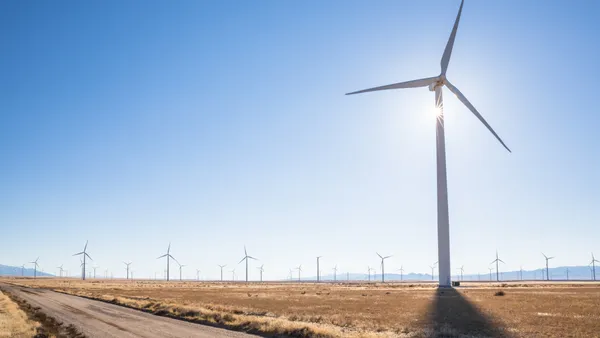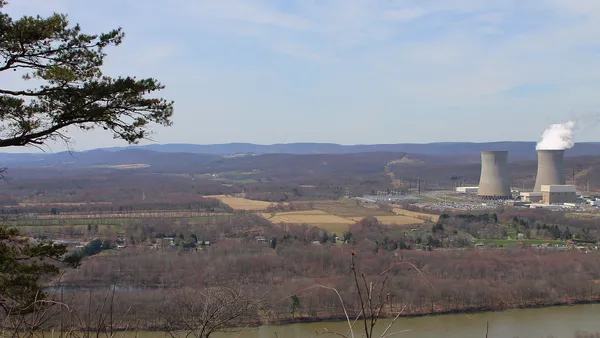Dive Brief:
- The Ohio House Public Utilities Committee heard competing testimony yesterday as it considers a bill to prop up two coal plants run by Ohio Valley Electric Corp. (OVEC), which is owned by a group of utilities from across the state.
- American Electric Power, which owns the largest share of OVEC, is a major supporter of the legislation though the utility is already receiving support for its share of the plants' output. A representative from the company said the subsidy would be a "stable cost-based hedge against volatile market prices" for the state's consumers.
- The American Petroleum Institute's Ohio branch is opposing the bill, which it calls "a blank check subsidy for
uneconomic power generation."
Dive Insight:
A bill to provide financial support to two aging coal plants is still in the House's utilities committee, though lawmakers could be nearing a vote after hearing testimony from those on either side of the issue.
In prepared testimony, Steven Nourse, chief Ohio regulatory counsel for American Electric Power Service Corp., told lawmakers that the subsidy "would over time provide the potential for sustaining a financial benefit to customers during future periods" when market prices for energy exceed OVEC's output.
But right now, the plant is uneconomical. And in his testimony, Chris Zeigler, executive director of American Petroleum Institute Ohio, said the group "is opposed to subsidies and mandates of any kind."
"We believe that markets work best when driven by competition," he said. "Government intervention through mandates, riders and subsidies skews markets and discourages investment in newer, more efficient and cost-effective technology."
House Bill 239 would guarantee income for all of the plants' owners for the remaining years of the plants' operation. While AEP will need to renew its subsidy, customers are already paying about $2 on each month's bill to keep the plants running.
The plants were built in the 1950s to supply energy to a now-defunct uranium enrichment site. But the two coal facilities remain in operation, owned by AEP and other investor-owned utilities like FirstEnergy, Duke Energy and Dayton Power and Light. Combined, they provide almost 2,400 MW of power.





